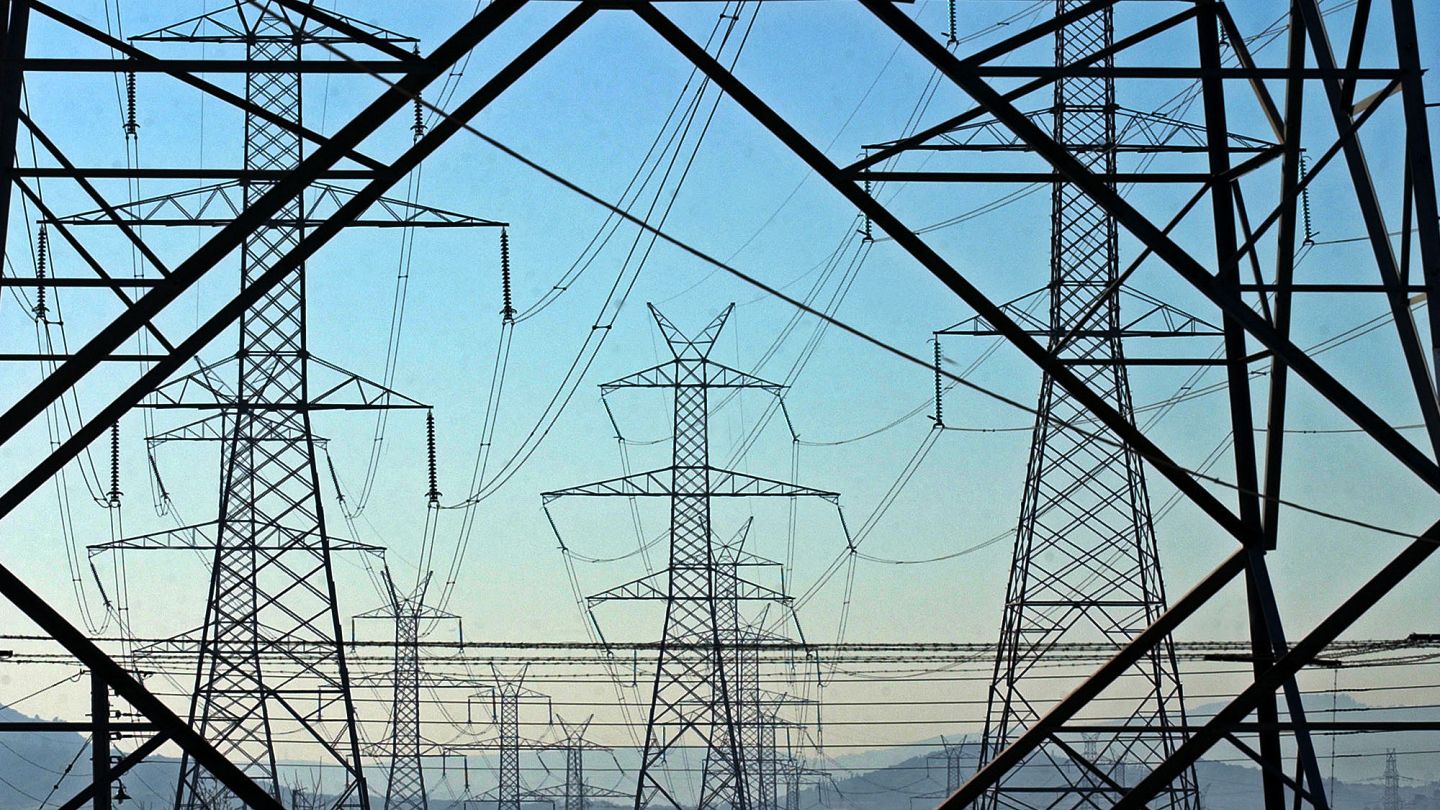
As geopolitical tensions mount and the climate crisis becomes ever more pressing, the European Union is seeking to improve energy ties between member states.
By acting in union as opposed to a fragmented bloc, the EU will be able to “boost its security of electricity supply and to integrate more renewables into energy markets”, said the European Commission.
According to the International Energy Agency (IEA), electricity imports and exports among European OECD member countries have increased significantly over the past two decades.
But, which countries have the highest net import rates — meaning they buy more electricity than they sell? And which countries are net exporters, selling more electricity than they purchase?
Among 35 European countries in 2024, 13 were net exporters of electricity, while 21 were net importers, according to Eurostat. Only one country, Cyprus, reported no electricity imports.
Dependence on imports
The main way to see how much a country relies on electricity imports is by looking at net imports as a percentage of its total electricity use. If this rate is positive, it means a country imports more electricity than it exports, while a negative figure indicates that the country exports more than it imports.
Among the 35 countries in 2024, ‘net imports as a percentage of electricity available for final consumption’ averaged at -0.5% in the EU. On average, EU countries therefore export more than they import.
Highest net exports in Sweden and France
In several countries, net electricity exports exceed imports. Sweden holds the strongest position at -27%, followed closely by France at -22%.
Slovenia (-19%), Norway (-14%), Slovakia (-13%), Czechia (-12%), and Austria (-10%) are also strong exporters of electricity.
Among the EU’s four largest economies, France (-22%) and Spain (-4%) are net exporters, whereas Germany (6%) and Italy (18%) are net importers.
Jacques Percebois, professor emeritus at the University of Montpellier, noted that net exporting countries are those with significant hydroelectric production, such as Sweden and Norway, or a large nuclear fleet, for instance in France and Sweden.
Net importing countries are those with a high proportion of intermittent renewables, as they import a lot when there is no wind or sun.
Yearly fluctuations may occur
The figures can vary notably from one year to the next, as evident when comparing 2024 and 2023 data.
For example, while Greece was a net importer with a rate of 10% in 2023, it became a net exporter in 2024 with a -0.6% total. Similarly, Croatia’s net import rate increased sharply from 10% to 26% over the same period.
Experts also refer to the energy mix and patterns of electricity use in these fluctuations.
John Springford, associate fellow at the Centre for European Reform (CER), said that countries that rely on gas to set the electricity price will tend to import more electricity.
“Countries in which gas is more often the marginal producer will be bigger net importers. As the price of gas is higher, and they use gas more often, these countries will find that they import more from lower-priced plants abroad,” he said.
Rina Bohle Zeller, programme lead for EU energy policy at Agora Energiewende, noted that Germany was a net electricity exporter for two decades before becoming a net electricity importer in 2023. This then continued into 2024.
Reasons behind this shift include “higher carbon prices, which have made German coal less competitive on the European market” and “the retirement of three nuclear reactors”, said Zeller.
She added that a renewable energy buildout in neighbouring countries has also increased low-cost supply.
Net volume: Italy the largest importer
Looking at the net volume of electricity trade, two major economies stand on opposite sides. Italy is the largest net importer, with 51,000 GWh, followed by Germany with 26,269 GWh.
In contrast, France is the largest net exporter of electricity in absolute values, with 89,851 GWh, followed by Sweden with 33,435 GWh.
“France became the world’s largest electricity exporter in 2024 with net electricity exports amounting to a record 90 TWh, corresponding to more than Belgium’s annual electricity consumption,” Zeller said.
This was mainly driven by the rebound of nuclear output and a 10% increase in renewables generation.
When Germany’s sun sets, Denmark’s wind rises
“Cross-border electricity trade is a crucial feature of Europe’s energy system. Such exchanges make electricity cheaper for European households and industry, while also being the most low-cost way of guaranteeing security of supply,” Zeller said.
It also eases the integration of variable renewable energy — whose output fluctuates depending on the weather — thereby cutting power sector emissions, she added.
“For example, wind power generation in Denmark can pick up when Germany’s solar production decreases in the evening,” she added.